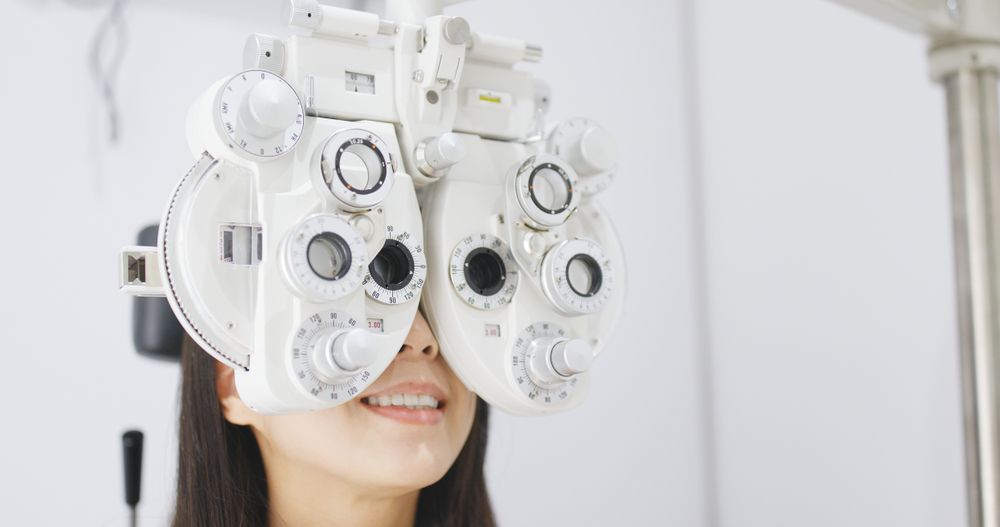Diagnosis Of Myopia

An eye specialist might perform various tests to examine whether or not an individual is nearsighted. Each part of the examination of the eye will consist of individual reading letters of various sizes from a chart on another side of your room. The smaller the letters, the harder they are for an individual having myopia to pick out. The optometrist might also utilize a tool known as a phoropter that is made of various lenses that they might position right in front of your eye. When the phoropter is in the right place, the optometrist will place light into it to check how your eye focuses it. This might aid them to find the proper prescription for the glasses required to make corrections to an individual’s vision.
An eye examination might show you if you are having myopia. Contacts, glasses, or refractive surgery might correct the issue normally. When you are experiencing myopia, your recommendation for contact lenses or glasses will be a reverse number. The higher negative the number, the more your lenses will be. For instance, -3.00 is higher than -2.50. Your recommendation aids the eye to focus light on the retina. That makes your vision clear. Eye surgery might enhance your vision quite a lot; you might no longer require wearing contacts or glasses. Examining myopia might utilize various methods to examine how your eyes focus light and to examine the optical lens power required to make correction of lowering vision.
As part of the examination, you will look at letters that are on the distance chart. This test checks visual acuity that is written in a fraction such as 20/40. The trending fraction number is the normal distance at which examination is performed (20 feet). The lowest number is the small letter size to read. An individual having 20/40 visual acuity must have to attain within 20 feet to check a letter that must be seen at 40 feet in a moderate eye. The normal distance of visual acuity is almost 20/20, even though various people have 20/15 (normal vision).
The diagnosis of myopia is formed by utilizing various methods of how your eye focuses the light. The ability of optical lenses that are requiring resolving the reduced vision is also forming while, this method. A classic vision examination is most sometimes pursued while the patient is asking to read the letters present on a chart at the other side of the room. This test examines visual acuity that is expressed as a fraction. If a vision examination shows that nearsightedness or myopia is an issue, various devices are used to know what the reason for its occurrence is.
Recent clinical practice in finding pathological myopia is extremely dependent on the manual screening abilities of the examiner, though a complete examination of the eye might take up to an hour. The novel procedures such as photo screening and autorefraction are introduced to fulfill a few of the problems faced while checking young children. The formation of computer-aided and retinal imaging algorithms diagnosis methods to spot pathological myopia automatically from retinal fundus images to screening is taking the best interest in the community of scientists recently. (4)
